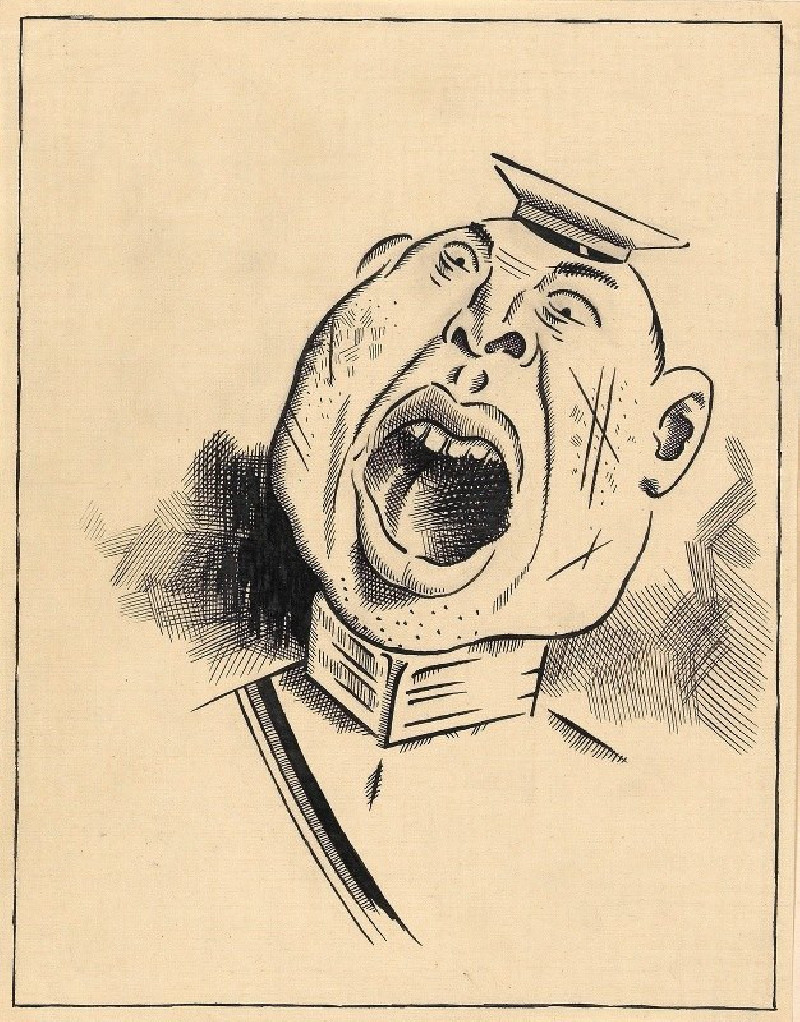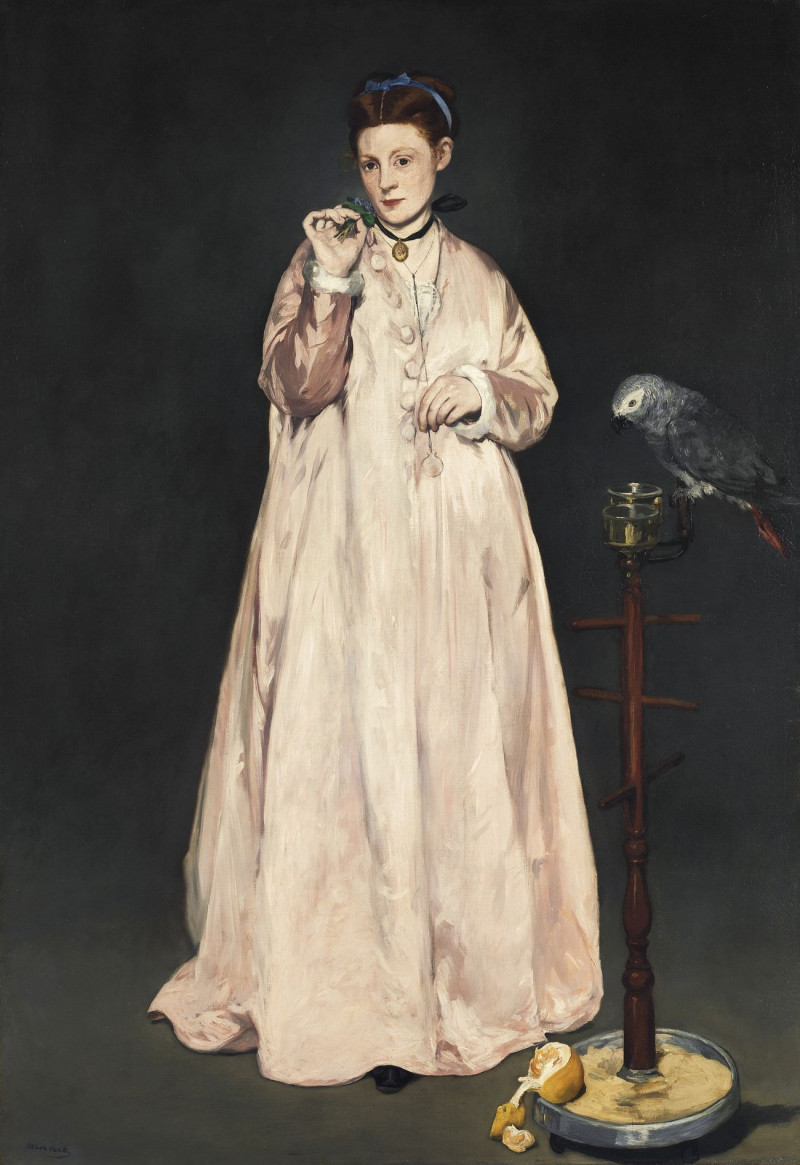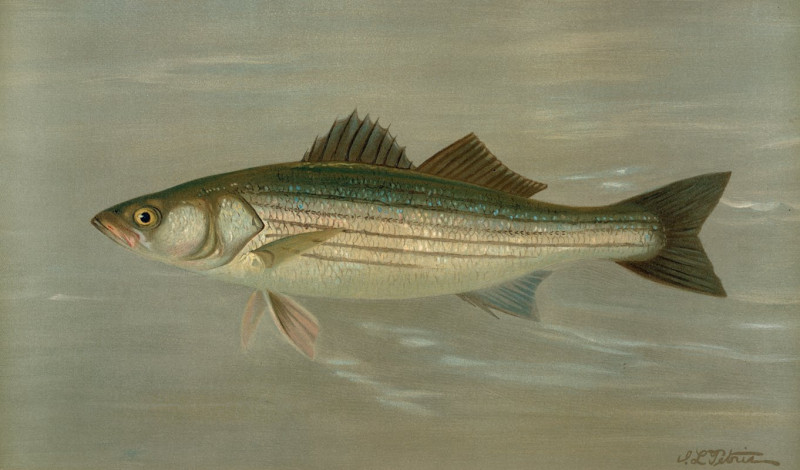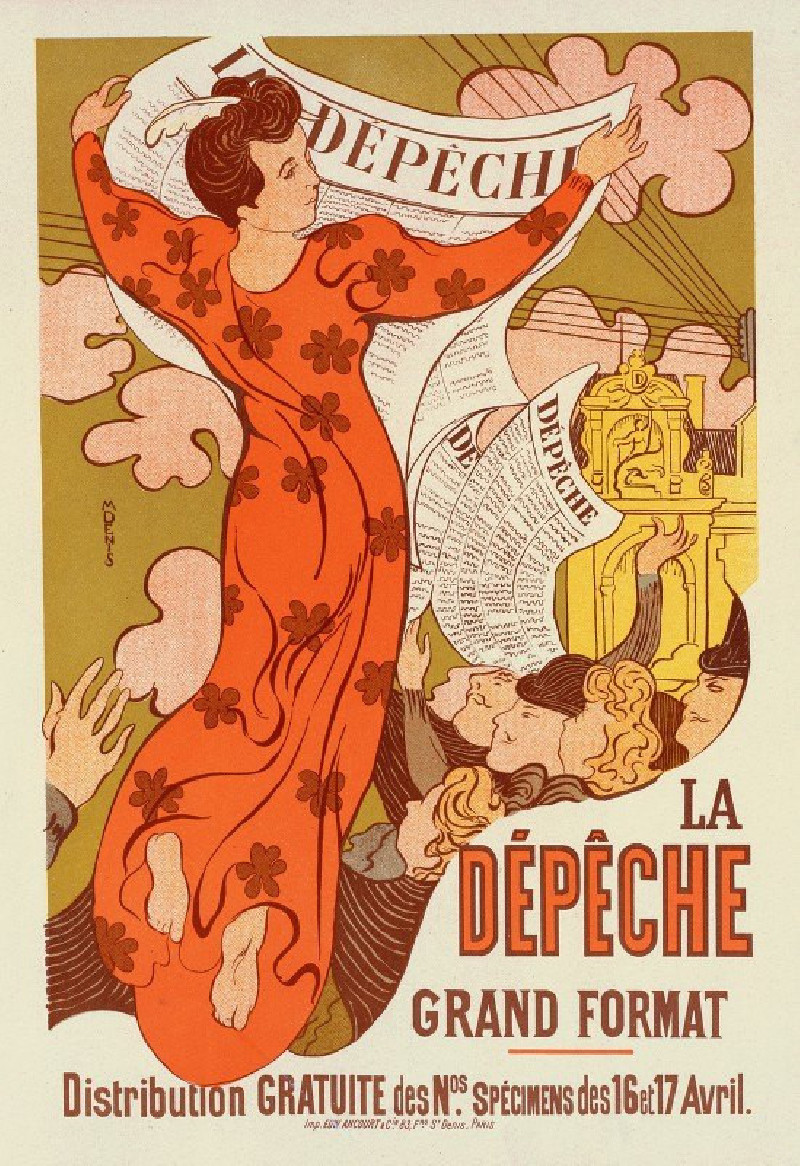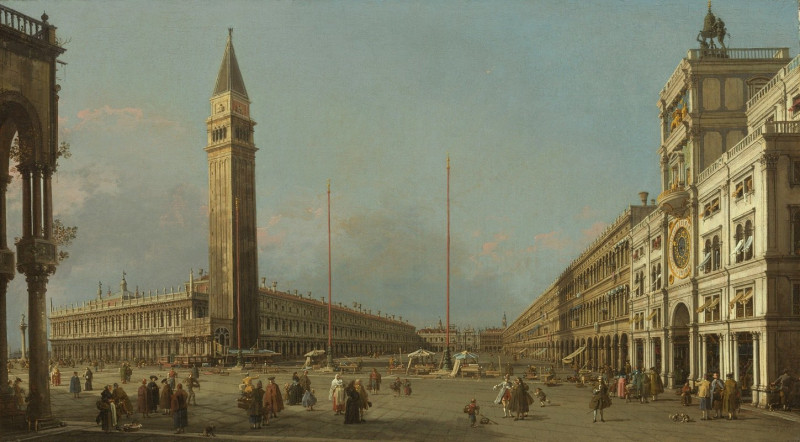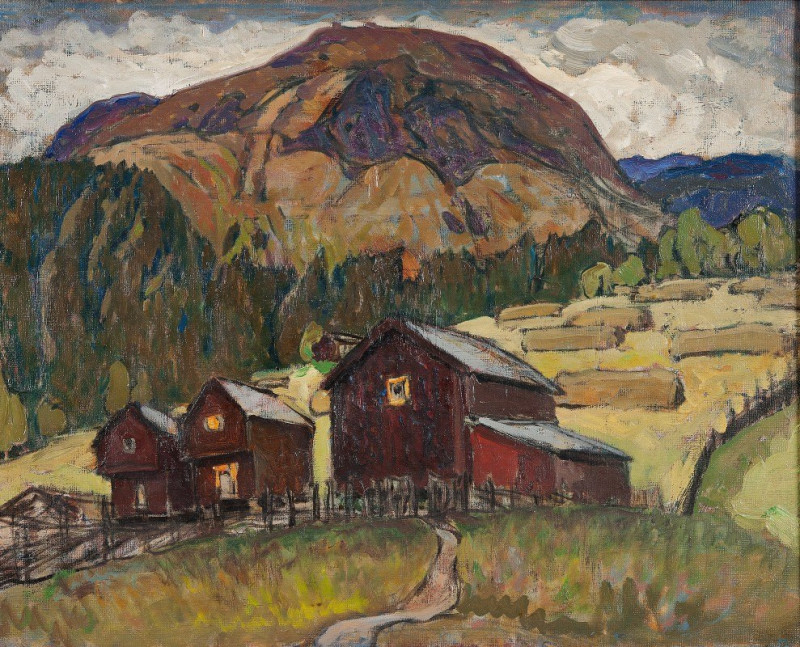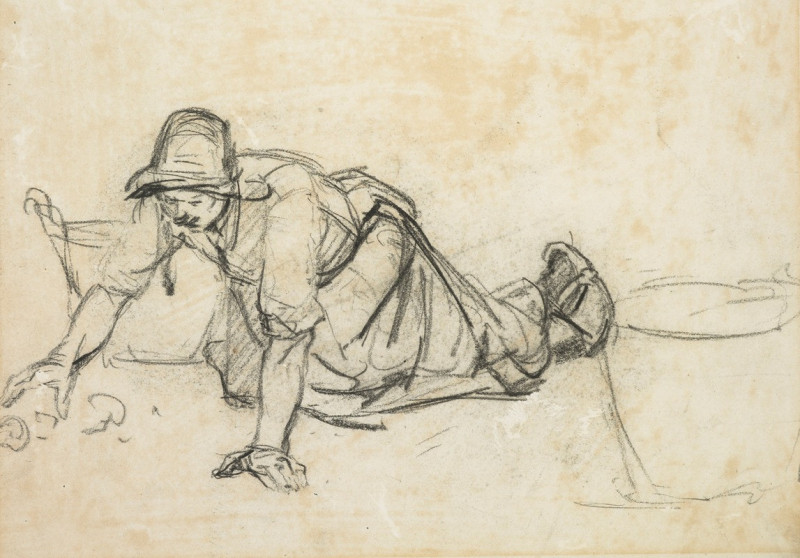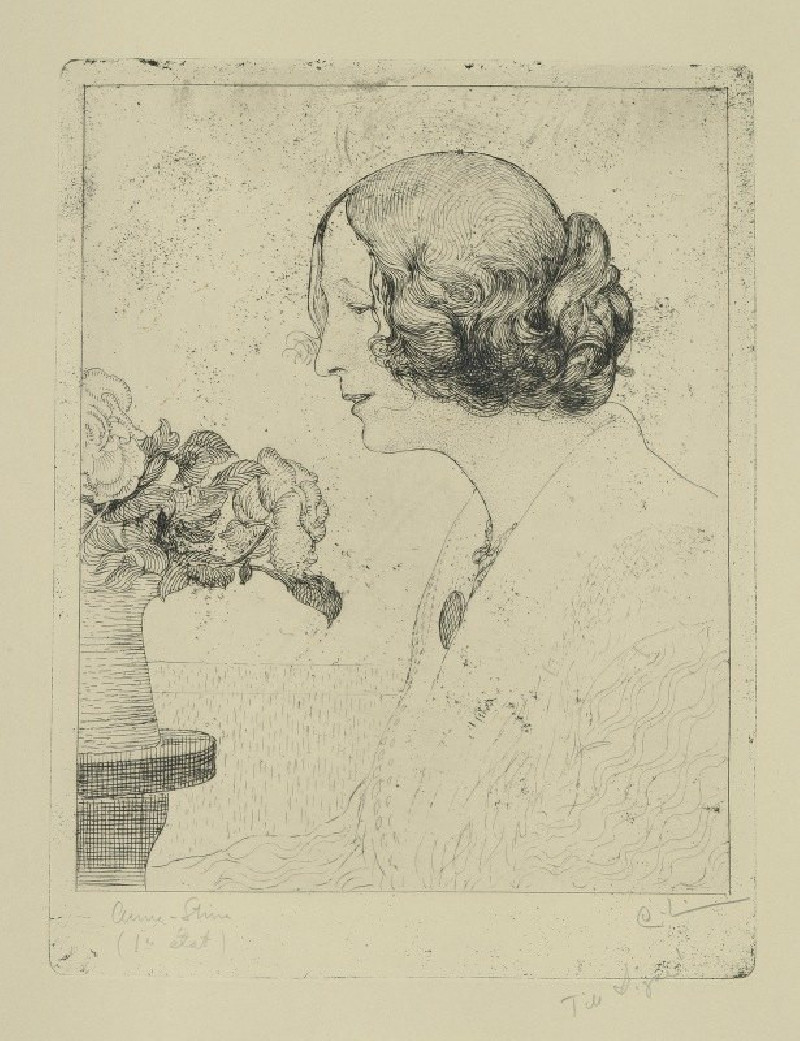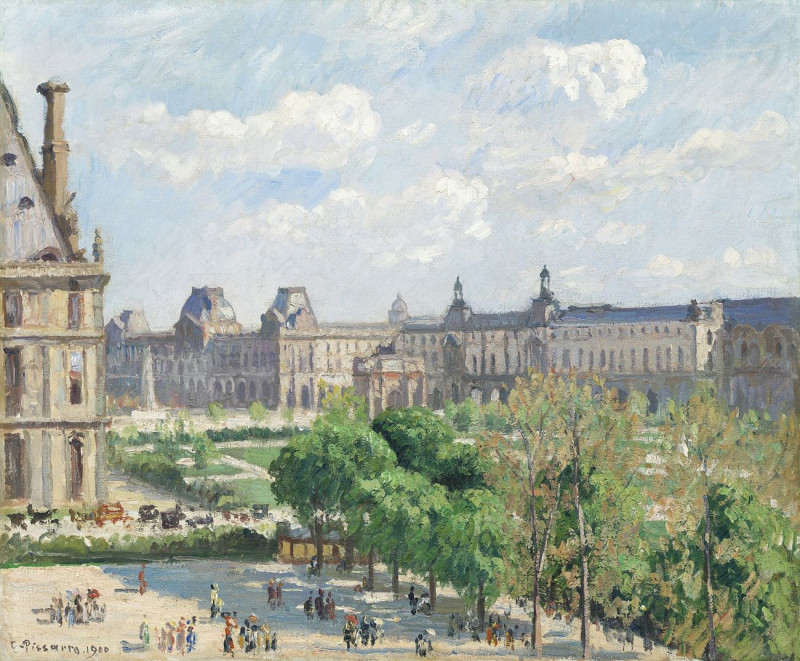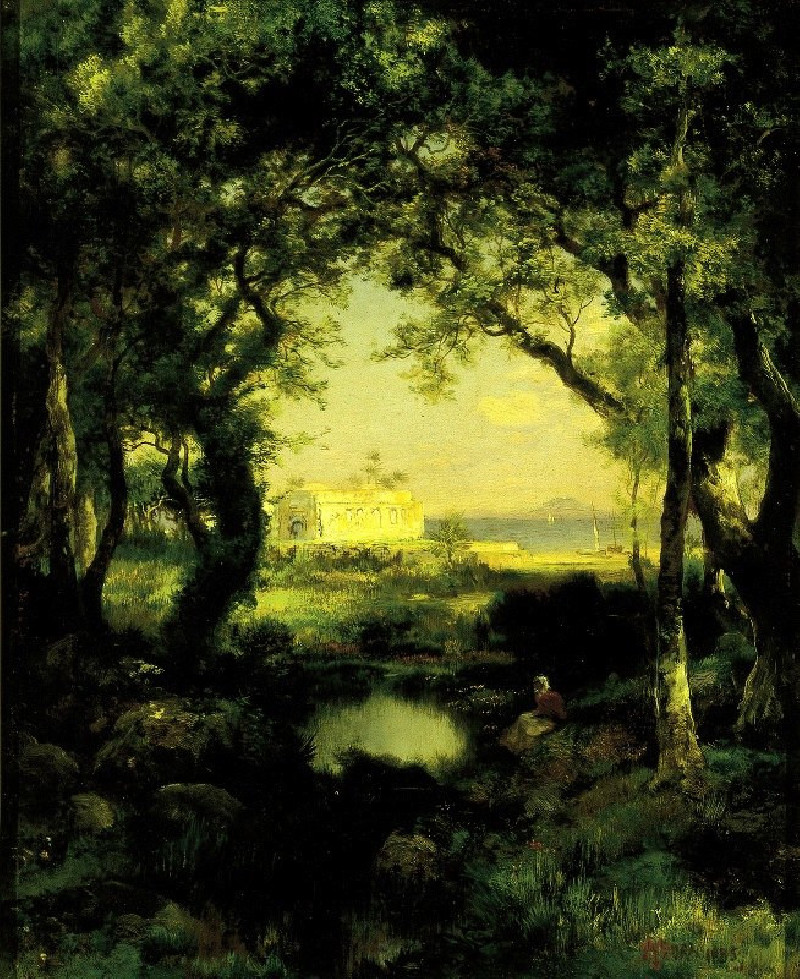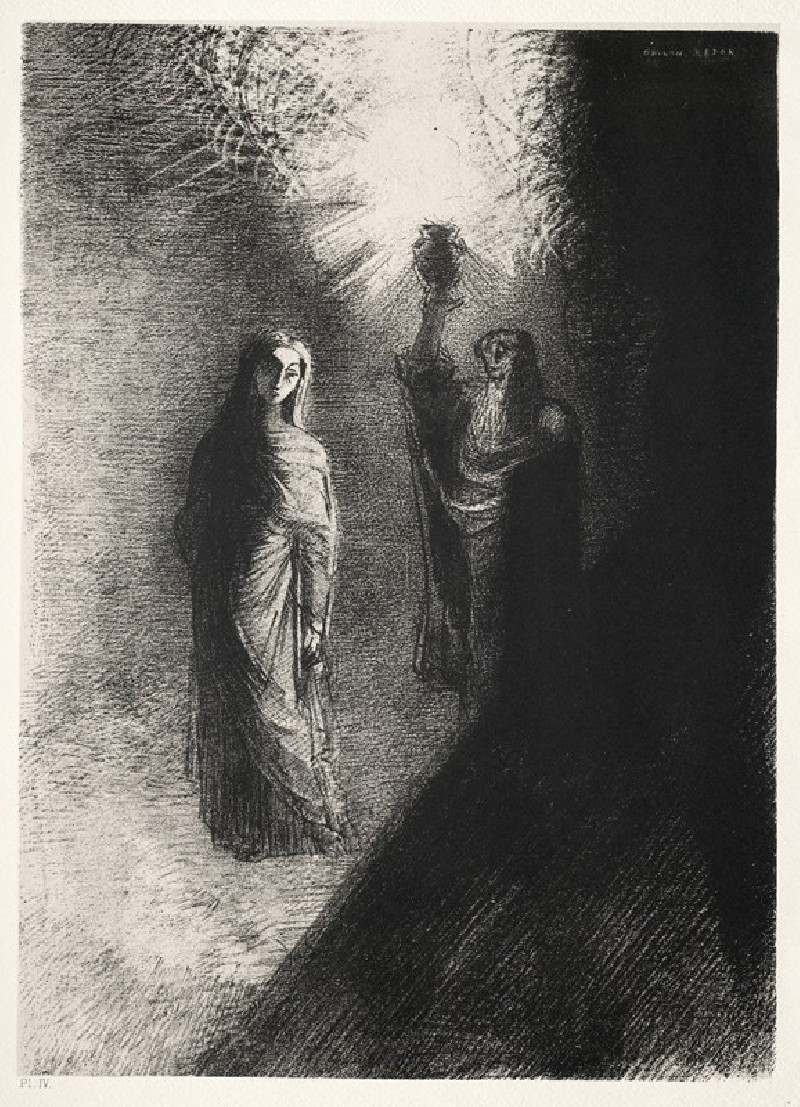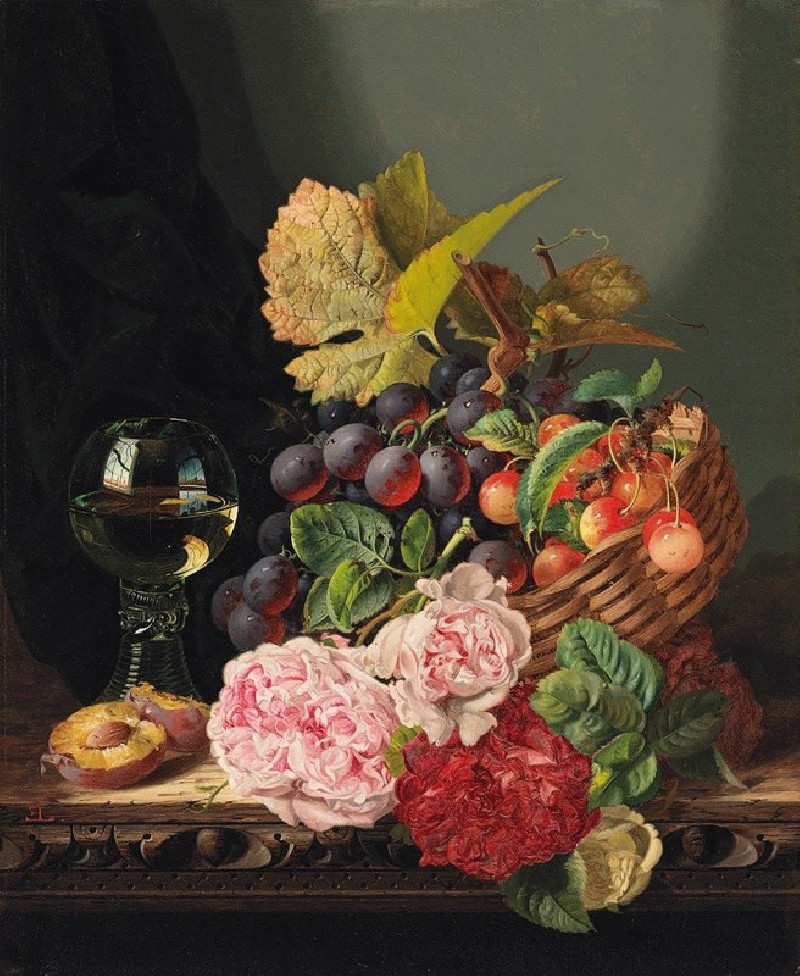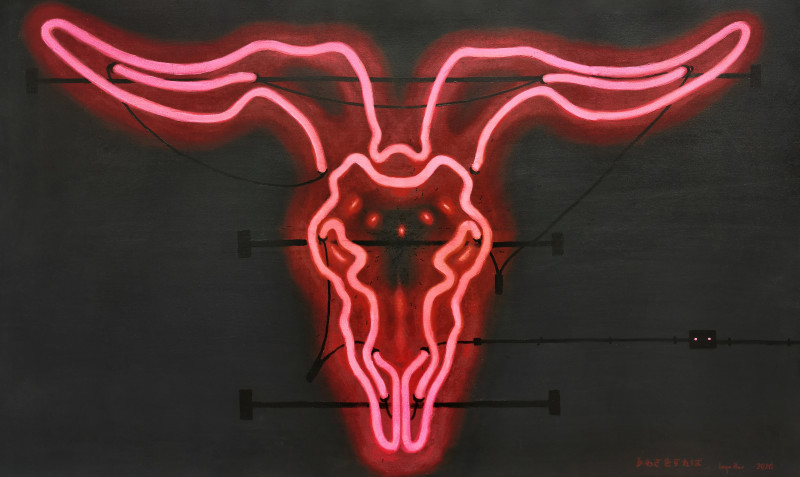Es braust ein Ruf wie Donnerhall
Technique: Giclée quality print
Recommended by our customers
More about this artwork
Karl Wiener’s striking creation, "Es braust ein Ruf wie Donnerhall," presents a powerful and evocative visual experience. This expressionist artwork captures the emotional intensity and raw energy of a moment articulated through the image of a shouting man. The title, translating to "A Call Roars Like Thunder," aptly reflects the dramatic, almost overwhelming, auditory and visual impact depicted within the frame.The subject of the painting is portrayed in a moment of fervent outcry, with his face contorted in a powerful scream. The artistic technique emphasizes sharp lines and contrasting shadows, enhancing the visceral emotion conveyed. The angles and the dark shading around the mouth and neck underscore the intensity and volume of the shout. This man, wearing what appears to be a military cap, further suggests themes of authority or protest, echoing the sense of urgency and command.Wiener’s work is exemplary of expressionism where the focus lies not just in the physical portrayal but in the emotional resonance it carries, invoking in the viewer a sense of being part of this thunderous moment.

